| Sorted by date | |||
page219from Building Ideas
notion of language as the “house of being”.
He develops the idea of language as the privileged vehicle of cultural
tradition and focuses in particular on writing as the ultimate conduit of
historical truths:
Nothing
is so purely the trace of the mind as writing, but nothing is so dependent on
the understanding mind either. In deciphering and interpreting it, a miracle
takes place: the transformation of something alien and dead into total
contemporaneity and familiarity. This is like nothing else that comes down to
us from the past. … Buildings , tools, the contents of graves – are
weatherbeaten by the storms of time that have swept over them, whereas a
written tradition, once deciphered and read, is to such an extent pure mind
that it speaks to us as if in the present.7
This closing of the historical distance
between the interpreter and the author of the text is the point of weakness in
Gadamer’s theory according to the criticism of Paul Ricoeur. He points out the
necessity of retaining a sense of “alienation between ourselves and things, in
order to avoid the trap of believing that we can ever fully “recover” the past.
Ricoeur
goes on to point out, in the essay mentioned above, that it is the very “tension
between proximity and distance, which is essential to historical consciousness”.8
Ricoeur develops this tension in his own work by returning to a concept of
Heidegger’s, where he describes the work of art as “opening up” or “revealing”
a world. For Ricoeur this is a world in front of the text, not the world of the
author behind it, and he saw the beginning s of this understanding in the
earlier thinking of Dilthey:
He
indicated the direction in which historicism could overcome itself, without
invoking a triumphant coincidence with some sort of absolute knowledge. But in
order to pursue this discovery it is necessary to
|
|||
|
|||
|
|
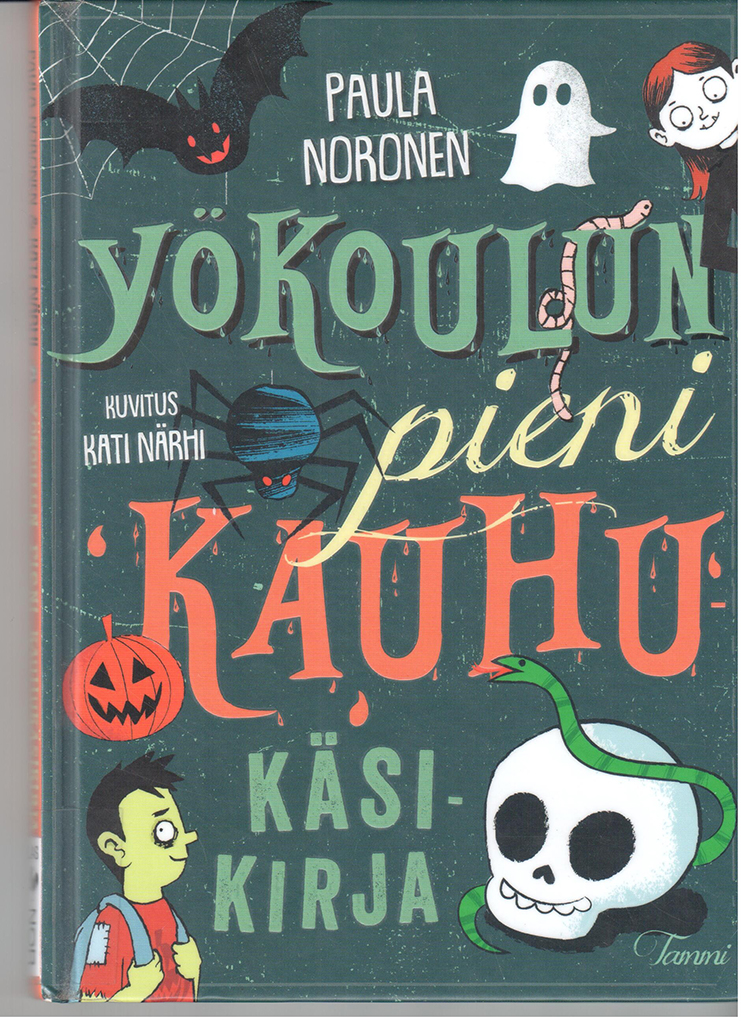 ... ...
... ... ... ...
... ... ... ...
... ...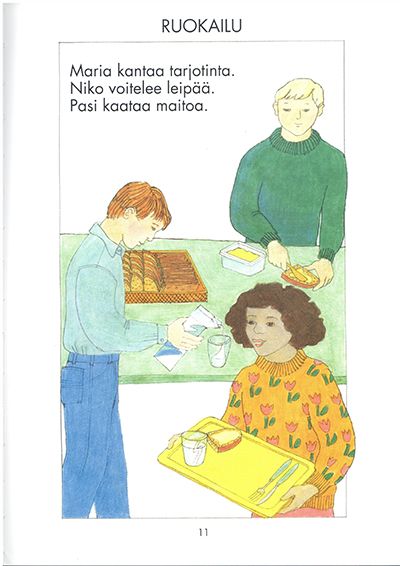 ... ...
... ...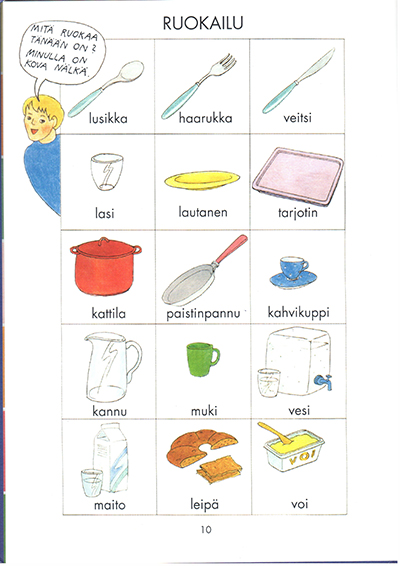 ... ...
... ...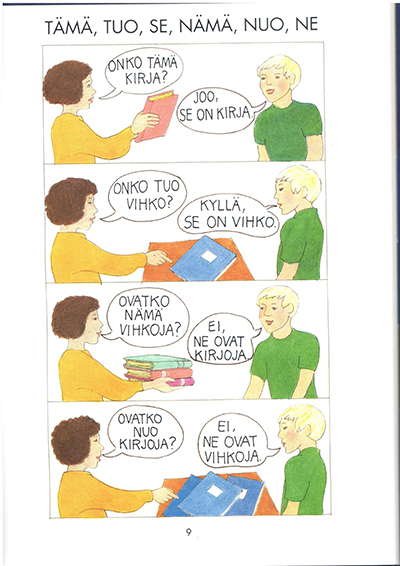 ... ...
... ...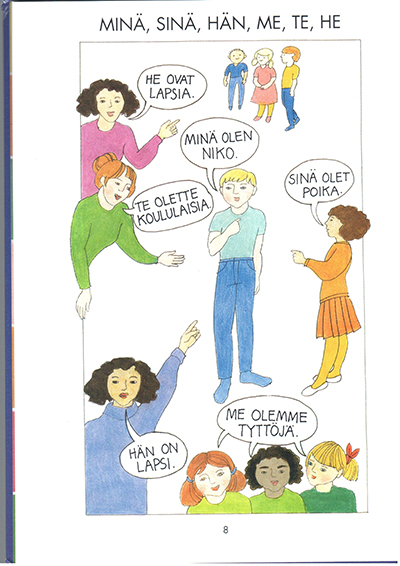 ... ...
... ...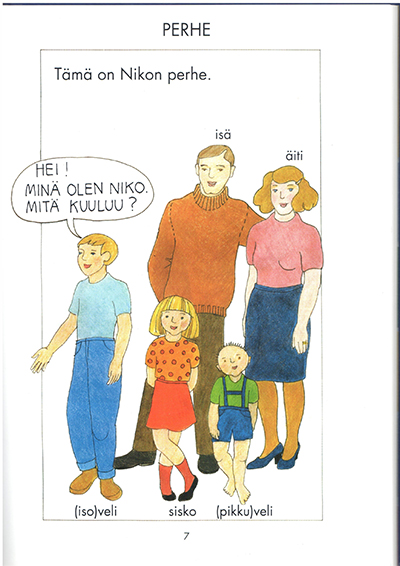 ... ...
... ... ... ...
... ...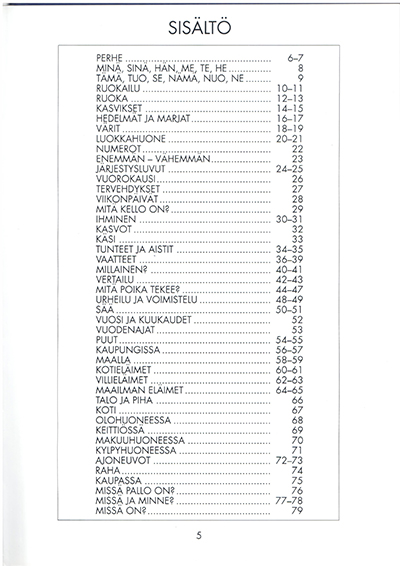 ... ...
... ... ... ...
... ... ... ...
... ...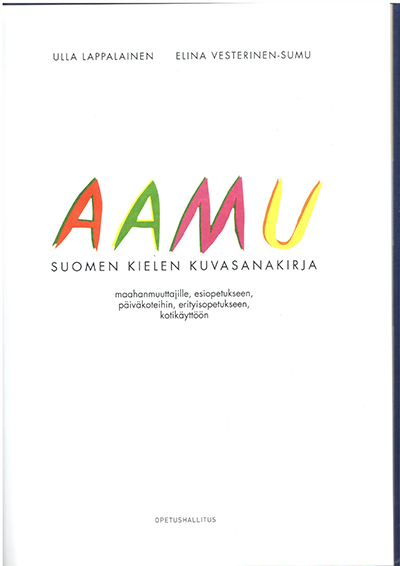 ... ...
... ...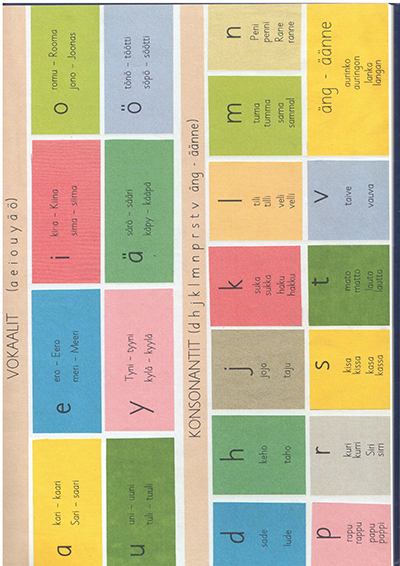 ... ...
... ...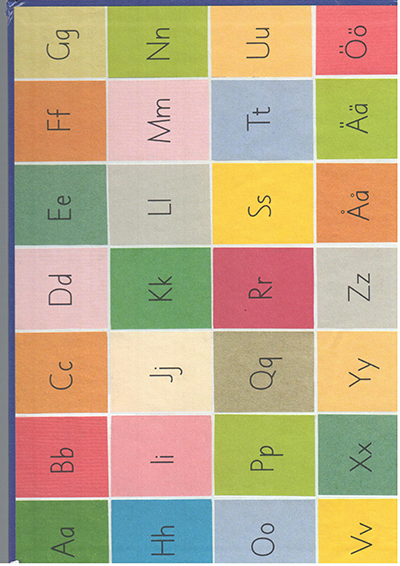 ... ...
... ...